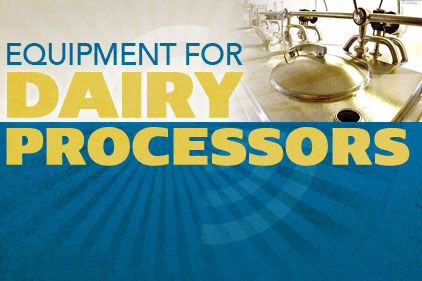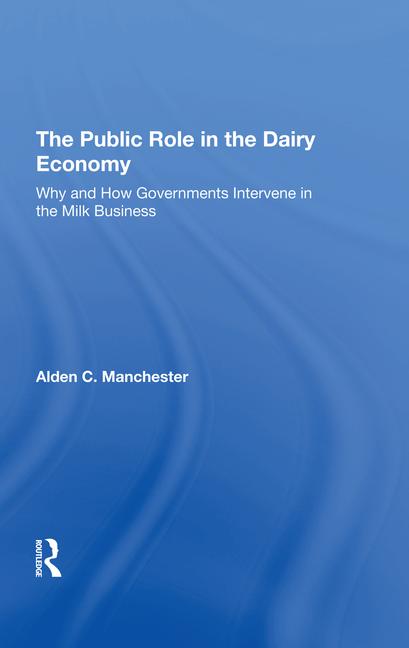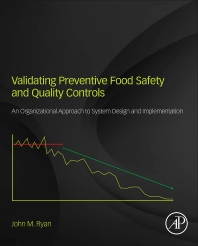Because of considerable historical improvements in all dairy safety programs, it is difficult to precisely assess the impact of 3-A Sanitary Standards Inc. on preventing food-borne illness.
However, 3-A Sanitary Standards and 3-A Accepted Practices have been and continue to be recognized for their hygienic design provisions to enhance cleanability, thereby decreasing the risk of biological (e.g., pathogens), physical and chemical (e.g., allergens) contamination.
Furthermore, equipment that is designed and constructed to meet hygienic principles is easier to maintain and reduces the risks of physical hazards (e.g., metal fragments from food equipment) in food processing.
3-A Sanitary Standards and 3-A Accepted Practices have been widely recognized in dairy regulatory inspection programs. For example, 3-A Standards are recognized as meeting the equipment design and construction provisions of the Grade A Pasteurized Milk Ordinance (PMO). 3-A Standards are also accepted under USDA/AMS/Dairy Division inspection programs for Non-Grade A facilities, and are used in their equipment auditing programs.
The role of equipment design
In epidemiological investigation of food-borne illness outbreaks, improper equipment hygienic design and construction has not often been listed as the primary causative factor. This is because other factors (e.g. improper temperature control, personnel hygiene factors) are often more obvious. However, inadequate cleaning and sanitizing programs, and poor equipment design, construction and maintenance have been listed as causative factors in many serious food-borne illness outbreaks.
In 2008, the Listeria monocytogenes outbreak linked to deli meat products in Canada was associated with contamination of a meat slicer that had uncleanable surfaces and possible stress cracks. Improper facility maintenance, equipment design and maintenance, cleaning and sanitizing programs were all listed as major causative factors in the well-publicized Salmonellatyphimurium outbreak traced to peanuts and peanut products in 2009. In 2011, another deadly L. monocytogenes outbreak in cantaloupes was clearly caused by equipment that had been inadequately cleaned, was poorly maintained and was not of cleanable design and construction.
Dairy industry outbreaks
In the dairy industry, there have been several notable food-borne illness outbreaks and events. Salmonellacontamination issues in dry milk products in the 1960s led to more stringent equipment surveillance in milk-drying facilities by industry and regulatory officials, and played a role in the development and improvement of 3-A Sanitary Standards for dry milk processing and handling equipment.
In the late 1980s, a Salmonellatyphimurium outbreak in pasteurized milk traced to a cross-connection in the processing facility, underscored the importance of proper engineering and installation of equipment. Also, in the 1980s, a L. monocytogenes outbreak was traced to Mexican-style cheese manufactured under inadequate sanitation programs and improper pasteurization using poorly designed and maintained equipment.
In 1994, a nationwide Salmonella
enteritidis outbreak involving ice cream highlighted food safety issues in the transportation sector. This outbreak was caused by contamination of a tanker truck that had not been effectively cleaned after hauling raw, unpasteurized eggs.
Because of concerns for pathogen contamination, there has been more emphasis on food safety systems such as HACCP (Hazard Analysis Critical Control Point), Global Food Safety Initiative (GFSI) auditing schemes, regulatory surveillance programs and proposed regulations under FSMA. All of these programs recognize the importance of equipment and facility hygienic design to varied degree. Further, these systems tend to be “performance-based,” in that the emphasis is on verification and validation of the performance of the facility, rather than on design criteria.
Prescriptive standards
3-A Sanitary Standards are more prescriptive in nature, establishing recommended criteria for the manufacture of food equipment and such equipment is audited for conformance to these criteria at the manufacturing facility. Thus, 3-A Standards provide a benchmark and should be an integral component of the performance-based requirements when implementing in these current food safety systems.
When 3-A is used in conjunction with these systems, there is additional assurance that equipment is not only verified as being properly installed, appropriately cleaned and sanitized, and maintained, but that is properly designed, constructed and fabricated to assure its cleanability. This results in a complete food safety surveillance package for optimal reduction in food-borne illness.







